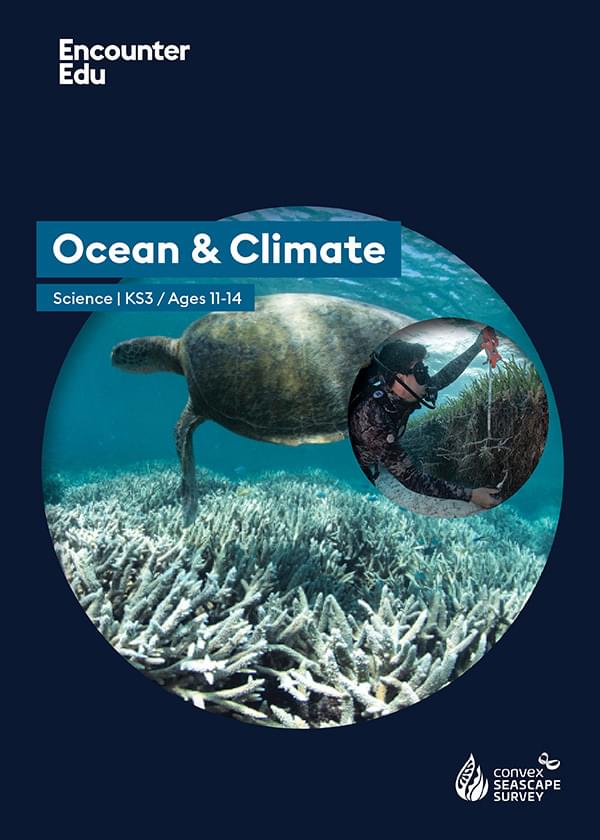All about the continental shelf
Part of:
Convex Seascape SurveyThe continental shelf is a shallow, underwater extension of a continent that gradually slopes from the shoreline to the deep ocean floor. It is an important part of the ocean environment, supporting a variety of marine life and resources.

Where are continental shelves found?
Continental shelves are found along the edges of every continent. They vary in width from just a few kilometres to over 1,500 kilometres, with an average width of about 80 kilometres. Some of the widest continental shelves are found in the Arctic Ocean, while the narrowest are found along the Pacific coast of South America.
Continental shelves and territorial waters
Most continental shelves are located within the territorial waters and Exclusive Economic Zones (EEZs) of coastal nations. Territorial waters extend 12 nautical miles (22.2 km) from the shore, while EEZs extend out to 200 nautical miles (370.4 km) from the coast. Within these zones, countries have sovereign rights to explore, exploit, conserve, and manage the natural resources, both living and non-living, found on and beneath the continental shelf.
International law and continental shelves
The United Nations Convention on the Law of the Sea (UNCLOS) is the primary international agreement governing the use and protection of the world's oceans, including continental shelves. Under UNCLOS, coastal nations have the right to claim an extended continental shelf beyond their EEZ if they can demonstrate that the seafloor meets certain geological criteria. This allows countries to exercise control over a larger area of the continental shelf and its resources.
 spiderment/iStock
spiderment/iStock
The importance of continental shelves
Continental shelves are some of the most productive regions in the ocean. They receive plenty of sunlight and nutrients from land, meaning they can support large populations of phytoplankton (microscopic marine algae), the foundation of ocean food webs. Many commercially important fish species, such as cod, haddock, and flounder, live on or near the continental shelf.
Resources on the continental shelf
In addition to supporting fisheries, continental shelves contain a wealth of other resources. Oil and natural gas deposits are often found beneath the seafloor on continental shelves. They are also the site for offshore wind farms. Sand and gravel from the shelf are used for construction and beach nourishment projects.
 ArranCOAST
ArranCOAST
Threats to continental shelves
Human activities pose several threats to the health of continental shelves. Overfishing can deplete fish populations and disrupt marine food webs, while bottom trawling and other destructive fishing practices can damage the seafloor and its inhabitants. Pollution from land-based sources, such as agricultural runoff and plastic waste, can harm marine life.; and the development of offshore oil and gas, as well as renewable energy projects like wind farms, can disturb seabed habitats and affect marine life. Climate change is also affecting continental shelves, with rising sea levels and ocean acidification altering habitats and species distributions.
Protecting continental shelves
Efforts to protect continental shelves include establishing marine protected areas, managing fisheries sustainably, and reducing pollution from land-based sources. The "30 by 30" initiative, which aims to protect 30% of the world's oceans by 2030, includes a focus on protecting critical habitats like continental shelves. International agreements, such as UNCLOS, also help to govern the use of continental shelf resources and protect the marine environment.
 Courtesy of Sea Change
Courtesy of Sea Change
Exploring the continental shelf
Scientists use a variety of tools to study continental shelves, including sonar mapping, remotely operated vehicles, and underwater robots. Sediment cores, which are long, cylindrical samples of seafloor sediment, provide valuable information about the geological history and past environmental conditions of continental shelves. These technologies and techniques help researchers better understand the geology, biology, and chemistry of these important ocean regions. By learning more about continental shelves, we can develop strategies to protect and sustainably manage these vital marine resources.

Science / Geography | Ages 7-11
Ocean Heroes
The Ocean Heroes unit for KS2 takes classes on a journey across different ocean habitats exploring the themes of climate change, nature, conservation, and what it takes to become an ocean hero. This unit is inspired by the work of the Convex Seascape Survey which is an international science project exploring how the ocean can be an ally in tackling climate change.

Science | Ages 11-14
Ocean & Climate
Ocean & Climate | Science | Ages 11-14 is a KS3 teacher resource. Based on the work of the Convex Seascape Survey, this unit develops students' understanding of climate change, ocean, and sustainability topics.
